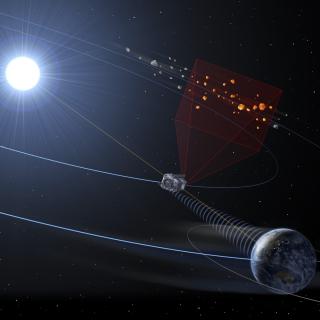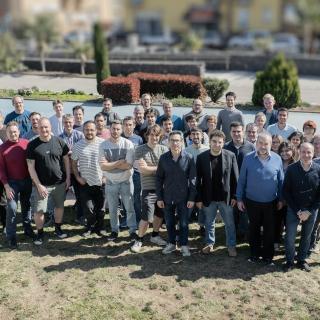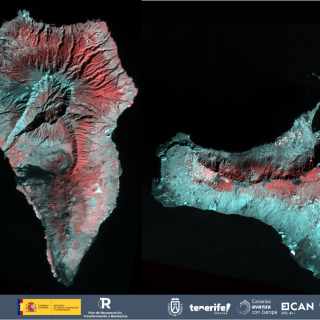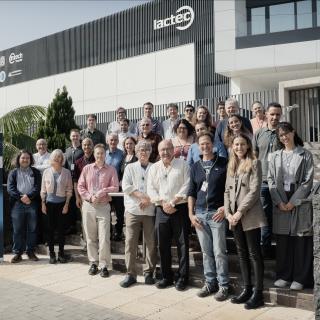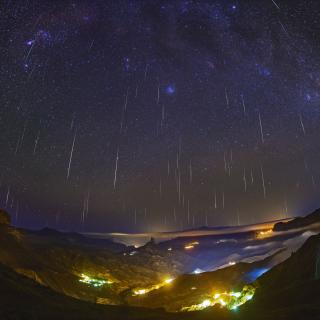
One male and one female researcher received the Junior Leader postdoctoral fellowship and three others received INPhINIT Incoming PhD fellowships. The aim is to retain and attract talent to promote research excellence in Spain and Portugal. The Scholarship Programme of the "la Caixa" Foundation held the financial aid award ceremony yesterday, Tuesday 12 March, which will benefit research staff at the Instituto de Astrofísica de Canarias (IAC). This programme of INPhINIT Incoming PhD and Junior Leader postdoctoral fellowships will reach a total of 105 people from more than 60 research centres
